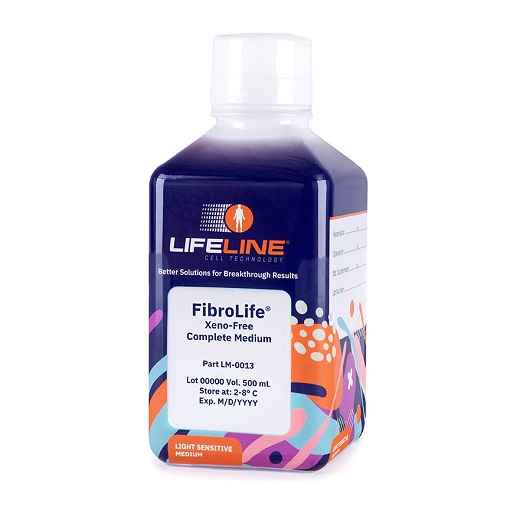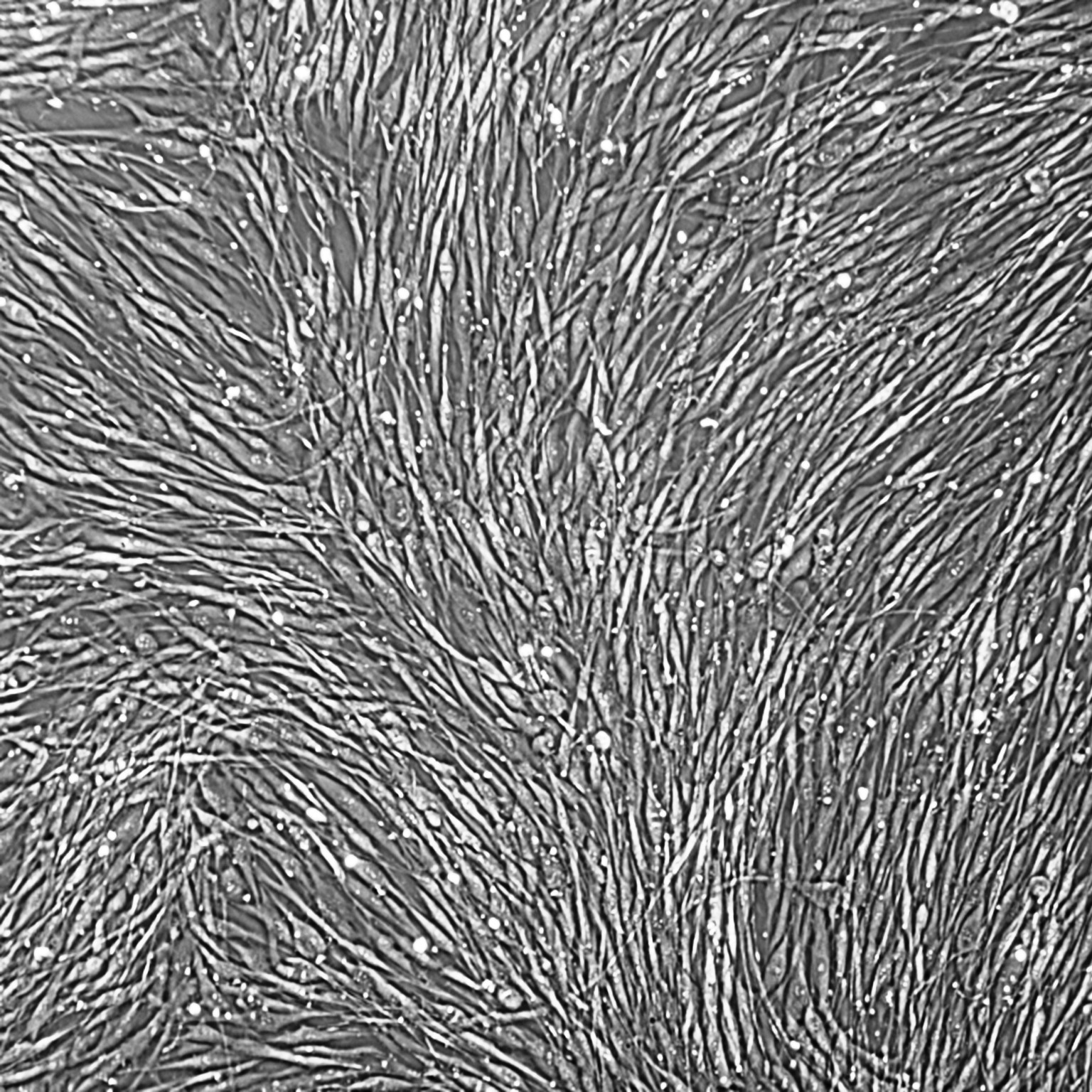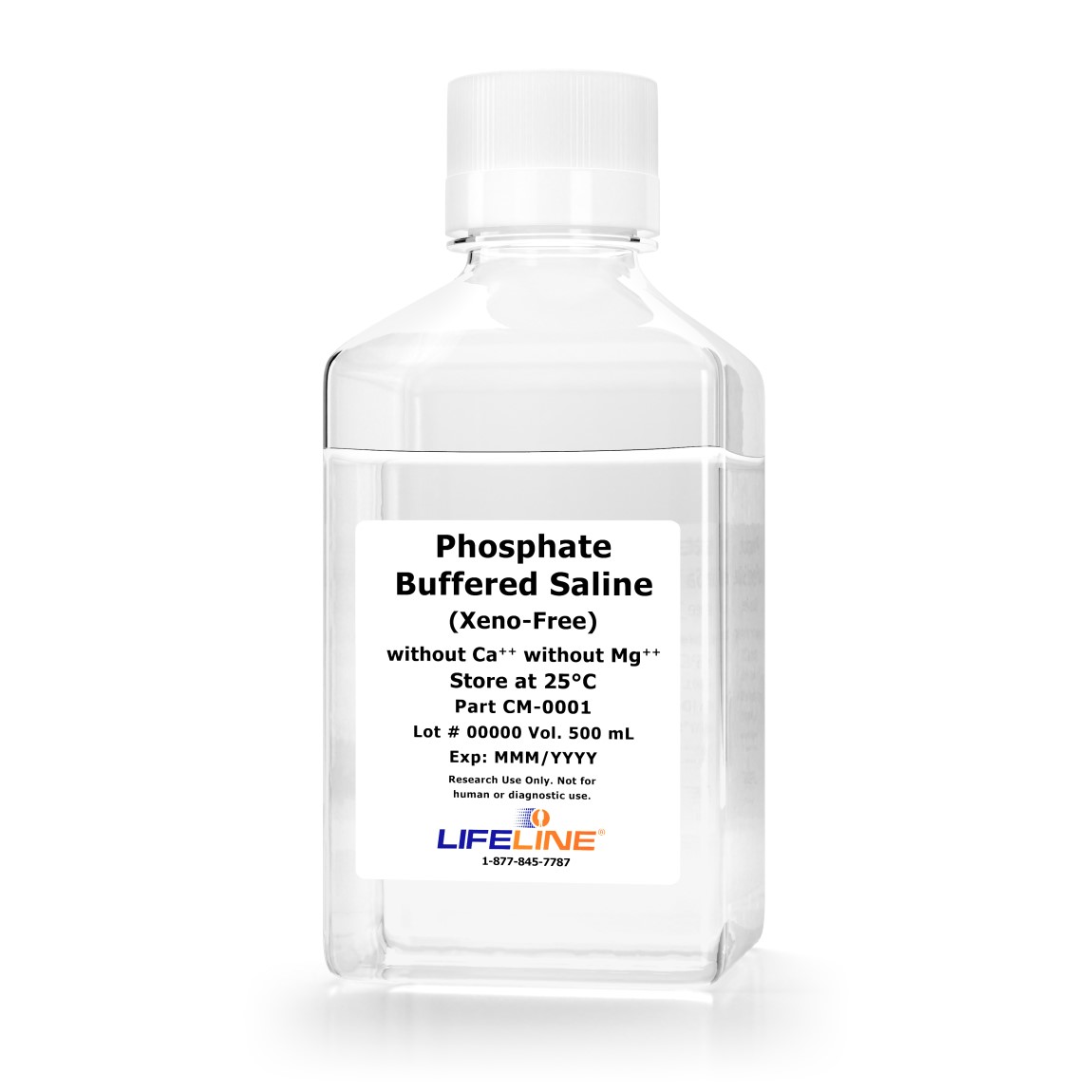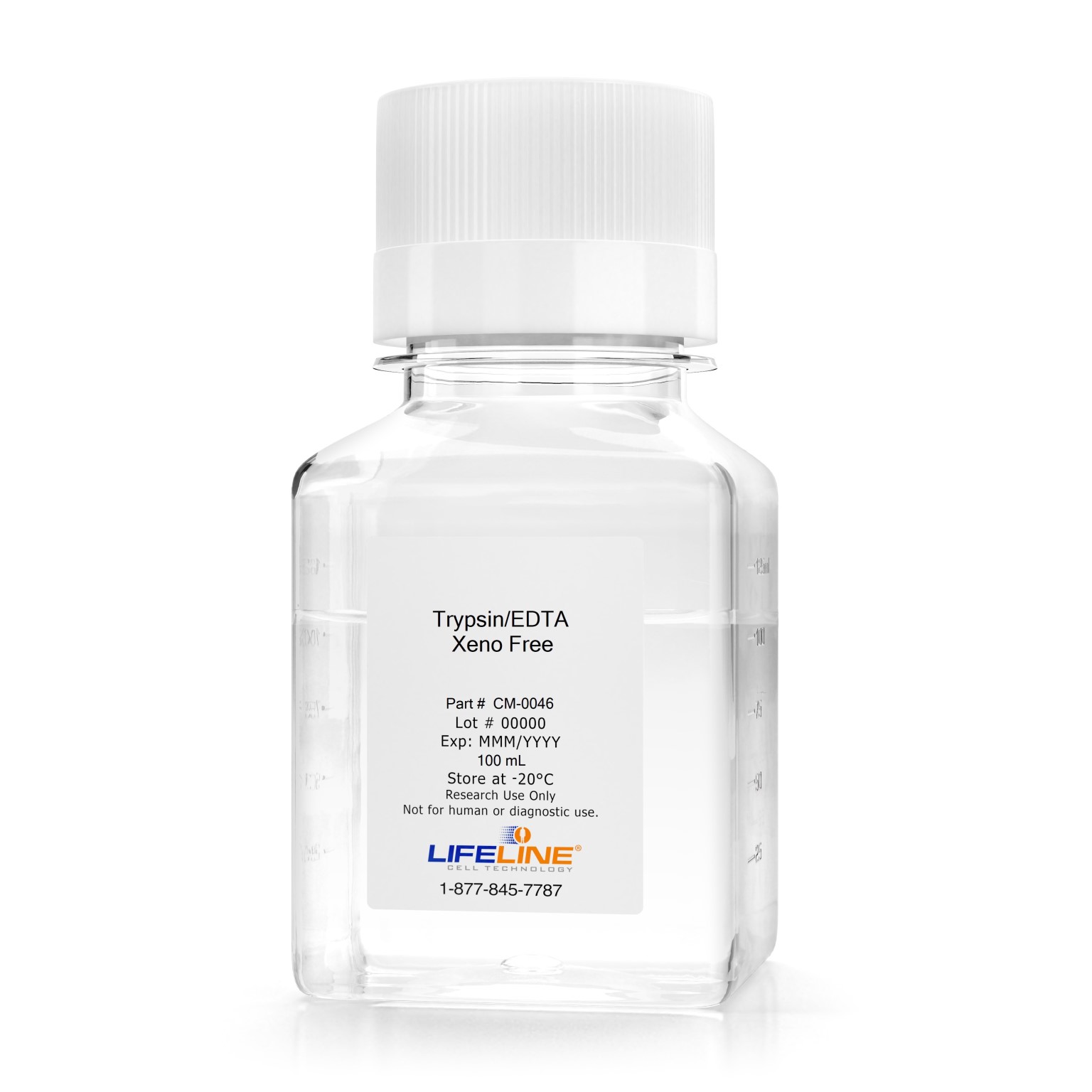Primary Cells & Culture Media
Isolated Primary Cells and selective Cell Culture Media in Experimental Research
Utilizing isolated primary cells in conjunction with carefully optimized cell culture media aims to replicate in vivo conditions, thereby enhancing the physiological relevance of studying cellular behaviors and responses.
Therefore, primary cell culture is the first choice when interested in:
- Disease Modelling and Mechanistic Studies: Isolated primary cells serve as essential models for studying disease mechanisms and pathophysiology. Cultures of healthy and diseased lung epithelial cells (e.g. bronchial/tracheal, small airway), or immune cells, among others, enable researchers to elucidate the underlying molecular pathways driving diseases such as pathogenesis and dysfunction of epithelial tissues and autoimmune conditions.
- Drug Discovery and Development Studies: Primary cell cultures are invaluable tools in drug discovery, allowing researchers to assess the efficacy, toxicity, and pharmacological properties of candidate compounds in a biologically relevant context.
Primary cell culture systems provide researchers with more physiologically relevant models for studying complex biological processes, disease mechanisms, and drug responses.
3D Culture Models: From Organoids, Co-Culture Systems and Organ-on-a-Chip Technology
Organoid and spheroid cultures as well as co-culture systems represent advanced three-dimensional models that mimic the complexity of tissues and organs in vitro.These approaches result in more complex and physiologically relevant systems compared to traditional monolayer cultures, allowing researchers to study cellular interactions, tissue development, disease mechanisms, and drug responses within a setting that closely mimics in vivo conditions.
Three-dimensional, multilineage human skin models—an area where CellSystems® has historically acquired extensive experience—serve as a basis for the reproduction and study of various skin diseases, as well as their treatment in vitro. Furthermore, these models have significantly advanced research in critical areas such as wound healing, and burn therapy. Additionally, the emergence of Organ-on-a-Chip Technology has provided captivating insights into the complex microenvironment and physiological responses of human organs in vitro. In a recent publication, primary cells, culture media, and extracellular matrix proteins were utilized in a microfluidic two-channel co-culture to shed light on the dynamics of the vaginal microbiome for understanding female reproductive tract health and disease.
For a comprehensive overview about our extracellular matrices, adhesion molecules and bioprinting materials, visit Matrix Proteins & Bioprinting.
-
FibroLife Xeno-Free - Fibroblast Complete Medium (Frozen)
Cat.-Nr: LM-0013
FibroLife® Xeno-Free Fibroblast Complete Frozen Medium is a variation of our FibroLife® Cell Culture Medium optimized for culture of fibroblasts... Read More
-
Human Neonatal Dermal Fibroblasts Xeno-Free
Cat.-Nr: FC-0037
Lifeline® Normal Human Dermal Fibroblasts-Neonatal, Xeno-Free (HDFn-XF), when grown in FibroLife® Xeno-Free Complete Medium, provide an ideal... Read More
-
PBS w/o Ca / Mg
Cat.-Nr: CM-0001
Phosphate-buffered saline (PBS) maintains a constant pH, and its ion concentration and osmolarity matches that of human cells. PBS is used to remove... Read More
-
TrypKit Xeno-Free - Sub-Culture Reagent Kit
Cat.-Nr: LL-0043
TrypKit ™ Xeno-Free contains: CM-0001, PBS XF, 500 mL CM-0046 Trypsin EDTA XF, 100 mL CM-0047 Trypsin Neutralizing Solution XF, 100 mL
-
Trypsin Neutralizing Solution Xeno-Free
Cat.-Nr: CM-0047
Trypsin neutralizing solution xeno-free acts as an enzyme to help dissociate cells from their culture vessel, and contains no non-human... Read More
-
Trypsin/EDTA Xeno-Free
Cat.-Nr: CM-0046
Trypsin acts as an enzyme to help dissociate cells from their culture vessel. EDTA is a calcium chelator that helps to prevent clumping of... Read More






